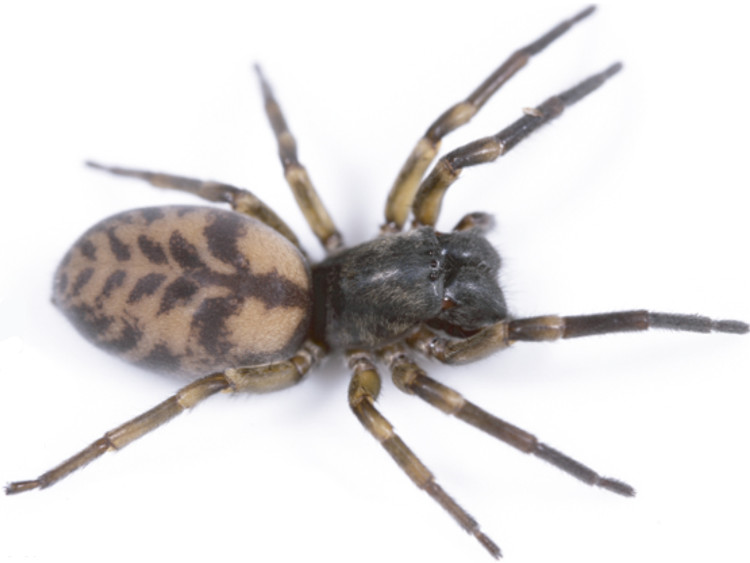How did the spider 'invade' the Earth?
Millions of years ago there was a small spider that covered the ocean and invaded the world.
According to Discover magazine, Amaurobioides-like spiders have completely "invaded" the Earth across oceans to continents long before the expedition found it.
Using a genetic evolutionary diagram, researchers from Argentina, Africa, Australia and the United States believe that spiders come from South America during the Miocene (lasting from about 23.03 to 5.33). million years ago) came to Africa first.
They then ventured across the sea again to Australia and New Zealand. From there, they ended the invasion of the world when they returned to South America, and their shape also changed.
They also estimated that the spiders took about 8 million years to complete the migration to invade Earth.

Spiders can survive for months without food so they can endure to complete the long migration journey.
Scientists sequenced the genomes of 45 acres of Amaurobioides and 60 related spider species to study their growth and hydrolysis.
By using a "molecular clock" to estimate the mutation rate in the genome, the researchers determined the time that each Amaurobioides species separated from the main branch. This helps us determine the number of spiders when moving to new territory.
Research results have been published in the prestigious scientific journal PLOS ONE.
The study also showed that the ancestors of spiders were detached, clinging to algae mats and debris and drifting to the east of Antarctica. Because spiders can survive for months without food, they can endure to complete the long migration journey.
It is the way of crossing the Amaurobioides that makes them different from other spiders, while most prefer to move by "air".
The young spiders can move with the wind by creating a layer of silk that covers the outside. Traveling distance can be up to 100 miles (about 161,000 km). This helps them to form new territory easily.
The idea of hitchhiking by clinging to algae mats or floating debris not only appears in spiders. Reptiles also invaded the continent by clinging to blocks of goods or shipwrecks that drifted ashore. Today visitors can also see many sea oysters clinging to floating plastic pieces to the continents.
- The little things people know about spiders
- Searching for traces of giant spider monsters eating humans in ancient times
- Find the spider 'most brutal' of the earth
- 10 poisonous spiders are the most feared for humans
- The spider in the United States goes astronaut
- The truth about how spiders move about on a spider web
- Giant spider revives in England
- Revive the ancient spider
- Detecting 99 million years old spider in mating posture
- How does the spider say 'not' to sex?
- The spider is strong enough to stop a train
- Alien spiders cause confusion in Russia
 Animal 'suffering' after hibernation
Animal 'suffering' after hibernation Why do goats climb well?
Why do goats climb well? Scientists were surprised to see chimpanzees eating turtles
Scientists were surprised to see chimpanzees eating turtles Giant catfish died deadly due to drought in Thailand
Giant catfish died deadly due to drought in Thailand